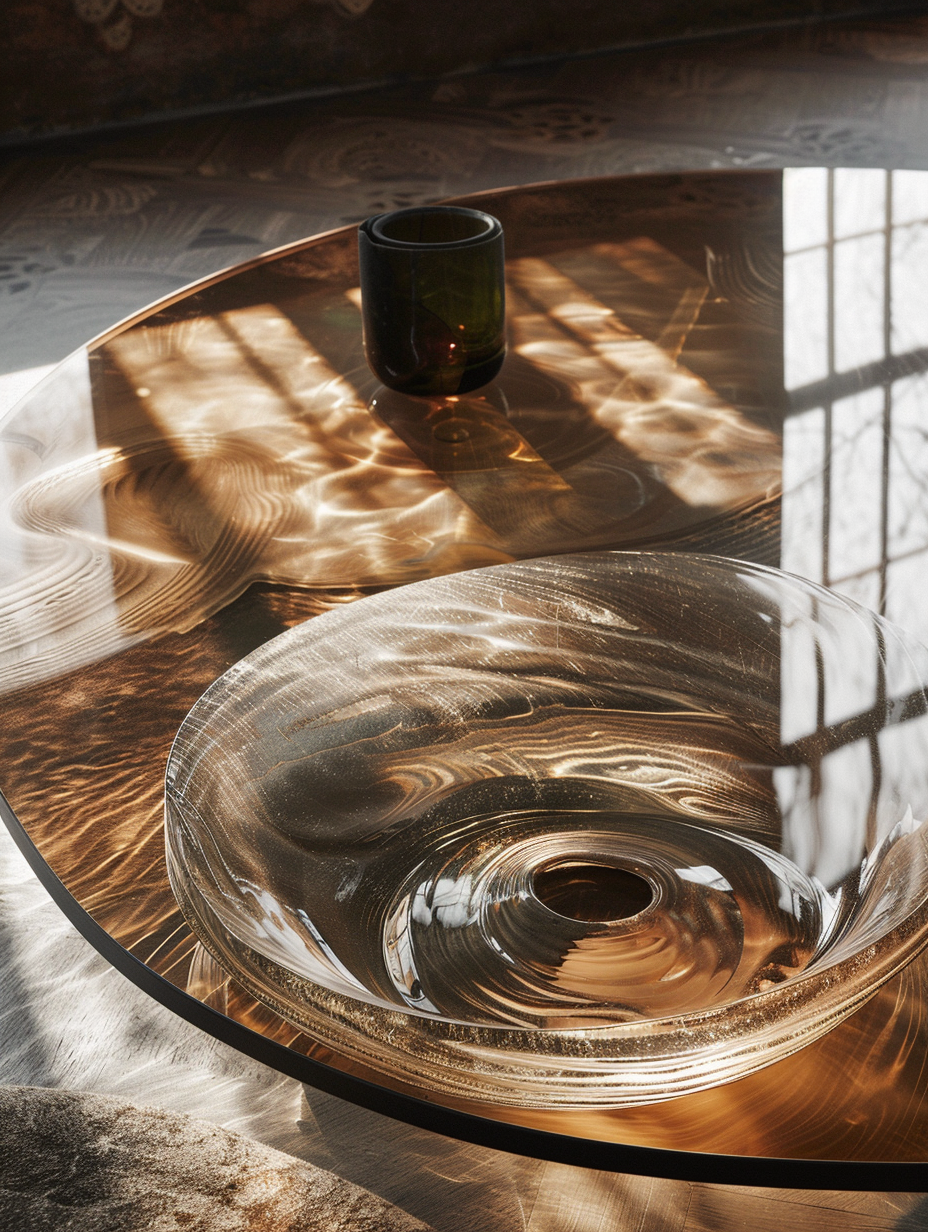Design Trends for 2025: The Future of Furniture & Objects

As we move into 2025, the world of furniture and object design is undergoing a transformation driven by sustainability, technology, and a renewed appreciation for craftsmanship. Designers are blending functionality with aesthetics, focusing on materials that are both eco-conscious and innovative. Let’s explore the key design trends that will define interiors and objects in the coming year.
1. Sustainable & Regenerative Design
Sustainability has evolved beyond a buzzword into a fundamental principle of design. Brands are not only incorporating eco-friendly materials but also rethinking production methods to ensure minimal waste and circularity.
- Bio-Based & Recycled Materials – Expect to see more furniture crafted from mycelium (mushroom-based composites), hempcrete, and recycled ocean plastics.
- Cradle-to-Cradle Designs – Pieces designed to be easily disassembled and repurposed, championed by brands like Herman Miller and Vestre.
- Local Sourcing & Artisanal Craftsmanship – A resurgence in handcrafted objects using traditional techniques fused with modern aesthetics, such as woodworking from Carl Hansen & Søn.
2. Soft Minimalism & Organic Forms
Minimalism is evolving into a warmer, more tactile movement. Soft minimalism embraces natural textures, curved silhouettes, and neutral tones to create inviting spaces.
- Rounded & Fluid Forms – Sofas, tables, and décor pieces will feature softer curves instead of rigid lines, as seen in Baxter’s plush seating collections.
- Textured Surfaces – Bouclé fabrics, rough-hewn stone, and unfinished wood will remain dominant, emphasizing materiality over ornamentation.
- Muted & Earthy Color Palettes – Beige, terracotta, soft olive, and rich chocolate hues will replace stark whites and cold grays.
3. Smart & Adaptive Furniture
Technology and design are converging to create furniture that adapts to modern living needs, with a focus on multi-functionality and integration with smart home systems.
- AI-Powered Customization – Brands like Burrow and Ikea are exploring modular furniture with AI-driven customization to fit changing lifestyles.
- Multi-Functional Pieces – Coffee tables that double as wireless chargers, sofas with built-in storage, and height-adjustable dining tables cater to compact living trends.
- Voice-Controlled & IoT-Connected Designs – Smart lighting, temperature-sensitive furniture, and voice-activated recliners are shaping futuristic homes.
4. Maximalist Expression & Playful Experimentation
While minimalism reigns, maximalism is making a bold return, with designers experimenting with patterns, color blocking, and unconventional shapes.
- Statement Pieces – Sculptural chairs, asymmetrical mirrors, and vibrant tilework add personality to otherwise neutral spaces.
- Retro Revival – The 70s and 80s influences are back, with bold upholstery, checkerboard prints, and Memphis-inspired motifs appearing in contemporary spaces.
- Eclectic Mix of Materials – Marrying metals, tinted glass, terrazzo, and velvet to create dynamic, layered interiors.
5. Biophilic & Nature-Inspired Design
As urban spaces grow denser, designers are integrating nature into interiors through biophilic design, which fosters well-being and connectivity to the outdoors.
- Indoor Gardens & Vertical Green Walls – A seamless blend of natural elements and architecture, as seen in Patricia Urquiola’s latest indoor-outdoor collections.
- Furniture Mimicking Organic Forms – Sofas, tables, and lamps designed to resemble natural landscapes, like Faye Toogood’s earthy-toned, clay-like seating.
- Sustainable Wood & Stone Finishes – A focus on raw materials that highlight imperfections, reinforcing a connection to the earth.
The World’s Biggest Furniture & Design Fair: Salone del Mobile
A major influence on global furniture trends is Salone del Mobile, the world’s largest and most prestigious furniture and design fair, held annually in Milan, Italy. First established in 1961, the event has grown into a must-attend gathering for industry professionals, designers, and brands showcasing cutting-edge furniture, lighting, and interior design innovations.
- Why It Matters: Salone del Mobile sets the tone for design trends, unveiling the latest creations from powerhouses like Cassina, Poltrona Frau, Minotti, and Vitra.
- Key Highlights: Each year, the fair features new categories, from sustainable materials to tech-integrated home solutions, offering insights into where the industry is heading.
- Influence on Trends: Many of the trends discussed, such as biophilic design, maximalist experimentation, and AI-driven furniture, first make waves at Salone before trickling down to mainstream markets.
The Future of Design
2025 will bring a balance between functionality, sustainability, and self-expression. Whether through regenerative materials, intelligent furniture, or playful, bold aesthetics, design will continue to evolve as a reflection of our lifestyles. Expect homes and spaces to be more fluid, conscious, and deeply personalized, with furniture and objects designed for longevity, adaptability, and beauty.



Pingback: Fashion and Slots Collide in These Glamorous Games – BELLO Mag